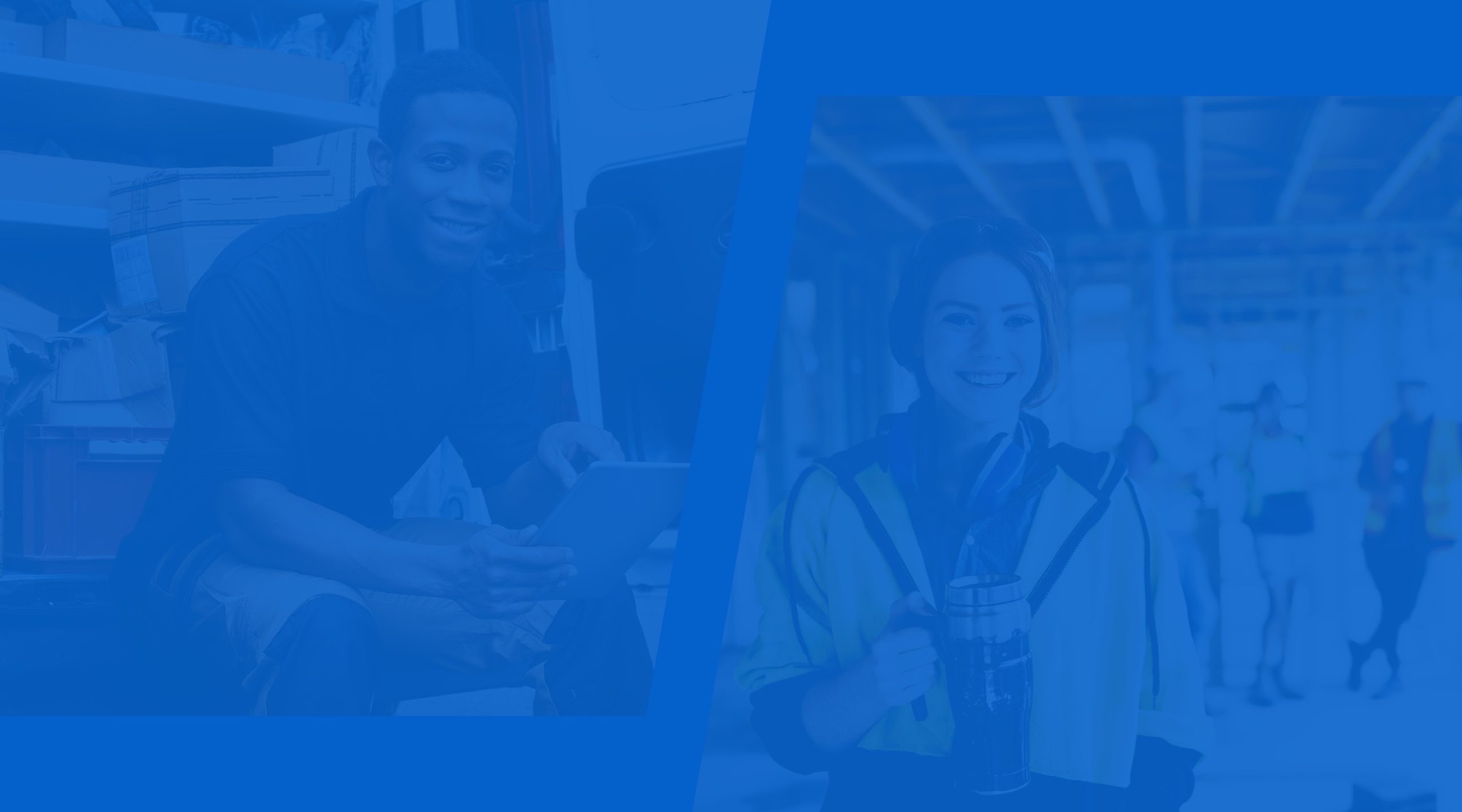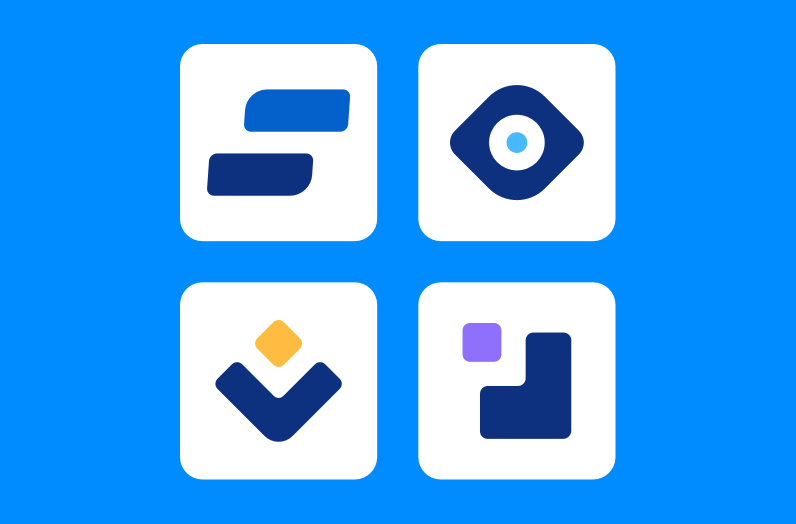Customer experience: the ticket to survival
Customers are the lifeblood of your business and the key to success. But in today’s global marketplace, they have more choice than ever before. Combined with the rise in online review sites and a deeper appreciation for peer opinions, a customer’s experience with your business matters more now than at any time in history.
In fact, recent customer experience (CX) research tells us:
Companies that earn $1 billion annually can expect to earn an average $700 million extra within 3 years of investing in customer experience (Tempkin Group 2018).
86% of buyers are willing to pay more for a great customer experience (PwC).
Customer experience will have overtaken price and product as the key brand differentiator by 2020 (Walker).
As the new battleground for organizations across all sectors, CX is no longer a “nice to have”. It’s the ticket to survival.
Global brands are setting the standard
Consumers derive their CX expectations through their engagement with leading brands.
For example, Netflix and Amazon’s clever algorithms showed consumers that it is possible for their favorite brands to:
- Personalize interactions
- Anticipate their needs
- Simplify the purchasing experience
Likewise for companies that have invested in delivering outstanding digital experiences. Customers have come to expect perks such as instant feedback via chatbots—instead of having to call and wait on hold for 20 minutes.
The onus is now on small to medium enterprises to find smart and cost effective ways to boost their CX so they can remain competitive in today’s constantly evolving marketplace.
Customer experience happens at the coalface
Delivering an exceptional customer experience matters at every single touchpoint of your brand: from your website to product packaging, delivery and most importantly, customer service.
As the face of your organization, the workers who represent you on the frontline are key to unlocking a sense of gratitude, happiness and loyalty from the consumers they interact with every day.
Where once the only measure of good service was manners and a smile, customers now expect frontline workers to be:
- Fully informed
- Responsive
- Timely
They need to be able to deliver a personalized service in a way that not only meets a customer’s expectations—but surprises and delights them.
Let’s explore this concept further with a real life example:
Compare the experience
Company X
Sara is looking to buy her first home and wishes to have a broker visit her for a consultation.
After finding “Company X” in an online search, Sara visits their website and searches for a phone number to make an appointment. Her call is answered by a receptionist who advises that a mortgage broker will call her back to set a time.
After several rounds of phone tag, Sara finally gets the broker on the line. They go back and forth about a potential meeting time, and finally agree to a 2-hour window on a Tuesday night.
Unsure exactly when the broker will arrive, Sara feels put out that she needs to listen for the door for half her night. When the broker finally arrives, he is friendly and courteous with his notepad and pen in tow, and some loose paperwork in a presentation folder.
Sara has many questions, though the broker cannot answer quite a few of them. He tells her he will “get back to her” via email in coming days.
Having not even engaged the broker to do any work yet, Sara already feels tired from the ordeal. She also lacks confidence that the company can deliver what she needs.
She promptly searches for another broker.
Company Y
Sara is looking to buy her first home and wishes to have a broker visit her for a consultation.
After finding “Company Y” in an online search, Sara visits their website and sees a Book a consultation button. She completes a few fields and uses the automated booking calendar to select a consultation time that suits her best.
The broker shows up at the precise appointment time, carrying only his smartphone. He is friendly and courteous, and consults his phone to answer every question she has immediately.
Confident and excited, Sara asks the broker to help her secure a home loan. The broker completes a new customer form on his phone and submits it to head office before he leaves.
Which company would you rather own, work for and engage with?
Leveraging technology to empower today’s mobile workforce
To compete in your sector, you must be prepared to invest in exceptional customer experiences.
Although this is vital to sustainability, some well-established brands delay it because they believe it requires a monumental shift that is highly expensive and difficult to implement.
However, smart technology is proving that this is not the case.
Just as technology has transformed consumers’ lives, it has also transformed the capability of businesses in every industry.
Rather than trying to “eat the elephant”, organizations can now take bite-sized steps and realize radical improvements to their operations.
These radical improvements not only enable the delivery of exceptional customer experiences and a prosperous reputation; they help to reduce operational costs and resource wastage, thereby aiding in brand sustainability even further.
Customer experience checklist
Is your brand leading the way in customer experience? How could you improve?
| Customer experience | What you do well | How you could improve |
| Seamless digital experience | ||
| Fast booking | ||
| Immediate feedback | ||
| Personalized service | ||
| Proactive communication | ||
| Continual improvement |
Use the following questions to help you determine how well your business measures up in each of these CX areas.
Seamless digital experience
In a post-COVID world, digital readiness is key to survival. Importantly, your digital transformation must keep the customer experience front and centre so it drives revenue and supports existing and future digital investments.
Take a moment to review how customers experience your business from a digital standpoint:
- How easy is it for customers to find you?
- Is your website easy to navigate and understand?
- Are other digital touch-points intuitive to use?
- Can customers connect with you via their favorite platforms?
Fast booking
If your customers can’t find you easily, and then find it difficult to book your services, chances are they will revert to a competitor instead.
Consider the earlier example of the mortgage brokerage, and how difficult it was for Sara to settle on a time with the broker—including how put off she was at being given a “window” of time rather than a specific appointment.
Evaluate how easy it is for customers to book your services. For example:
- Do you offer digital self-service bookings?
- How many avenues are available for customers to make a booking?
- How long do new customers wait on hold for service?
- How easy is it to change an existing appointment?
- How easy is it to book a follow up appointment?
- Are your frontline staff getting to appointments on time?
Immediate feedback
Customers who can’t provide feedback or get immediate answers to questions are likely to go somewhere they can. This is particularly true of younger generations who have grown up in a digital world of instant gratification. If they don’t feel immediately heard, they may turn to customer review sites and social media so their view can be heard immediately.
Consider the following and how a customer may feel while engaging with your organization:
- Do you have a chatbot to help customers navigate FAQs?
- Can customers chat with a live customer service agent?
- Do you have multiple avenues for customers to provide feedback?
- Do you provide a timely response?
- Are your frontline workers fully equipped with the knowledge to offer immediate, relevant answers?
Personalized service
Treating your customers like more than just a number is crucial to creating customer intimacy.
These days, personalized service extends well beyond simply using a customer’s name in a bulk mail out. It means getting to know and understand your customers so you can clearly demonstrate how your service meets their needs.
Consider the ingenuity of leading hotelier Ritz Carlton. In the interest of decreasing administrative burdens and enhancing the customer experience, the company permits employees to spend up to $2,000 to satisfy a single guest. Not only does this empower employees to make decisions for the best interest of their customer, but the customer receives a memorable experience they will happily share with peers.
To evaluate the level of personalization in your business, take a moment to ask:
- Are communications ultra relevant to receivers?
- Are services delivered in a way that makes customers feel special?
- Are frontline workers equipped with useful customer information?
- Can frontline workers get fast feedback on questions or concerns?
Proactive communication
Anticipating your customers’ concerns and making life easier for them can deliver huge rewards, and counter negative feedback before it even arises.
To achieve this, communications need to be proactive—regardless of whether they are sent by sms, email, social media messaging, or any other avenue.
You could consider:
- Do you send automated booking confirmations?
- Do you remind customers of upcoming appointments?
- Do customers know when a frontline worker is on their way?
- Do you thank customers for choosing you and seek feedback?
- Are frontline staff up-to-date with the latest company announcements?
- Can frontline staff reach managers in real time?
Continual improvement
Studies tell us that a significant majority of customers say they would leave a company after 1 or 2 bad experiences. This means the onus is on a company to respond to negative feedback swiftly, and prove that continual improvement is interwoven in their culture.
In addition to documenting feedback, data is an excellent way to ensure continual improvement initiatives are targeted. Done correctly, data can serve up valuable insights on how your business is tracking, where customers are most and least engaged, and much more.
Evaluate your continual improvement practices by considering:
- Does the company actively seek feedback from its most valued customers?
- Is feedback passed on to relevant teams?
- Are products, services and packages evolved to meet expectations?
- Are issues actively addressed?
- Do you proactively communicate upgrades with customers?
- Do you effectively collect and analyze data to drive improvements?
Equipping your most precious resource
Many of the essential aspects of customer experience come back to a customer’s interaction with your frontline workforce.
This is why transforming outdated scheduling and mobile workforce management methods with best of breed technology is vital. It’s one of the best radical, smart and cost-effective steps you can take to see huge gains in customer experience, intimacy and loyalty.
At Skedulo, we have helped organizations do away with spreadsheets, emails and incessant phone calls to replace them with an efficient cloud-based, fit-for-purpose solution.
Here are just 10 of many Skedulo features that we know help our clients drive a better customer experience:
- Fully prepared workers with knowledge of their future schedule
- Skills and location tagging to schedule the right person for the job
- Equipment tagging based on job type so workers are equipped
- Centralized job and customer details, tier level and account status
- Real time, centralized messaging and updates so workers are informed
- Field notes and photos in customer file to eliminate double records
- Resource certifications and expiry data to ensure workers are qualified
- Self-service customer bookings
- Automated appointment reminders and “on my way” notifications
- Built in map and route so workers reach appointments on time
Plus with full visibility of all workers in the field, your scheduling and customer service teams can respond to customer enquiries with unprecedented speed and accuracy!
What our customers say
“We were losing 20-30k a year in dispatching double bookings alone. Now if a dispatcher tries to enter the same job twice, the system flags it. Skedulo helps us see our mistakes before they happen.”
“If a job changes, I update it in Skedulo and it instantly pops up on the driver’s phone. When we’re on our way the app lets the customer know and gives them an ETA. And when you complete a job, Skedulo sends an automatic email receipt to the customer. This saves our drivers up to 10 minutes for every pickup, which really adds up when you have lots of pickups in a day.”
“Skedulo is so simple to use; I accept the job and can literally get in the car, hit go, and it will connect me to the navigation system and take me straight to the patient’s location.”
“With Skedulo we can see the swim length so it’s clear what times are available, when our cleaners are available, and what days we have everything locked in. It’s much more harmonious for everyone. It’s like having 10 more people working for us.”
“Skedulo helps us build the culture we’re working towards: more transparency and empowerment for our people in the field. It’s is a game changer. It amazes me that other companies can have 60 trucks on the road and no technology to manage their people—they’re still using spreadsheets and paper work orders. It’s so much less productive.”
“Skedulo allows me to focus on my patients because I’m not worried about getting back to my computer to check emails.”



